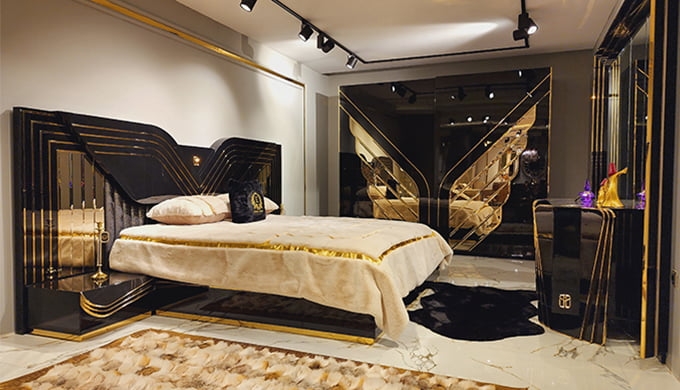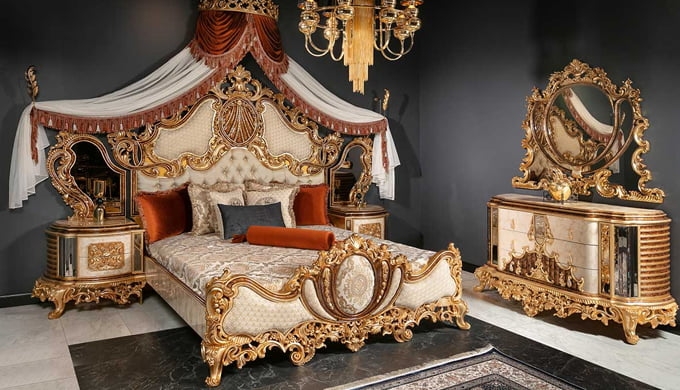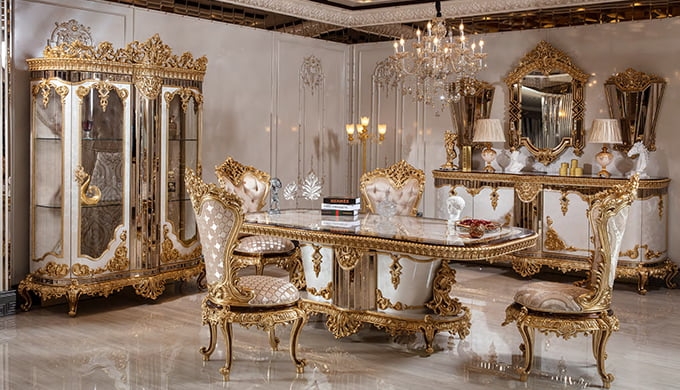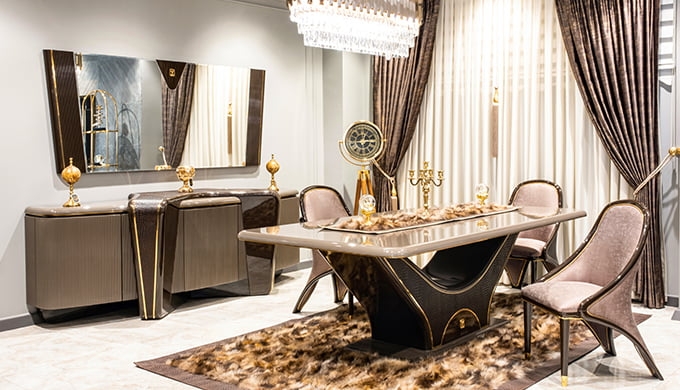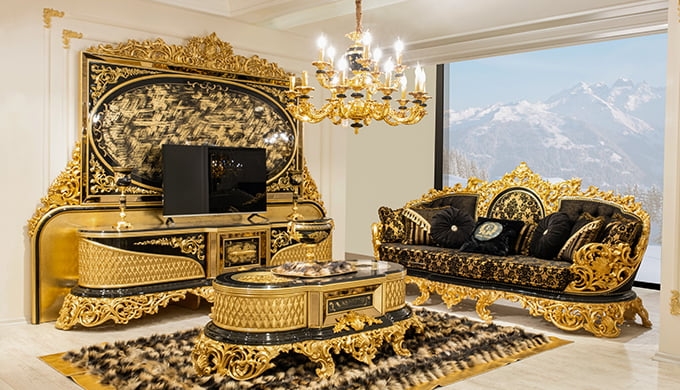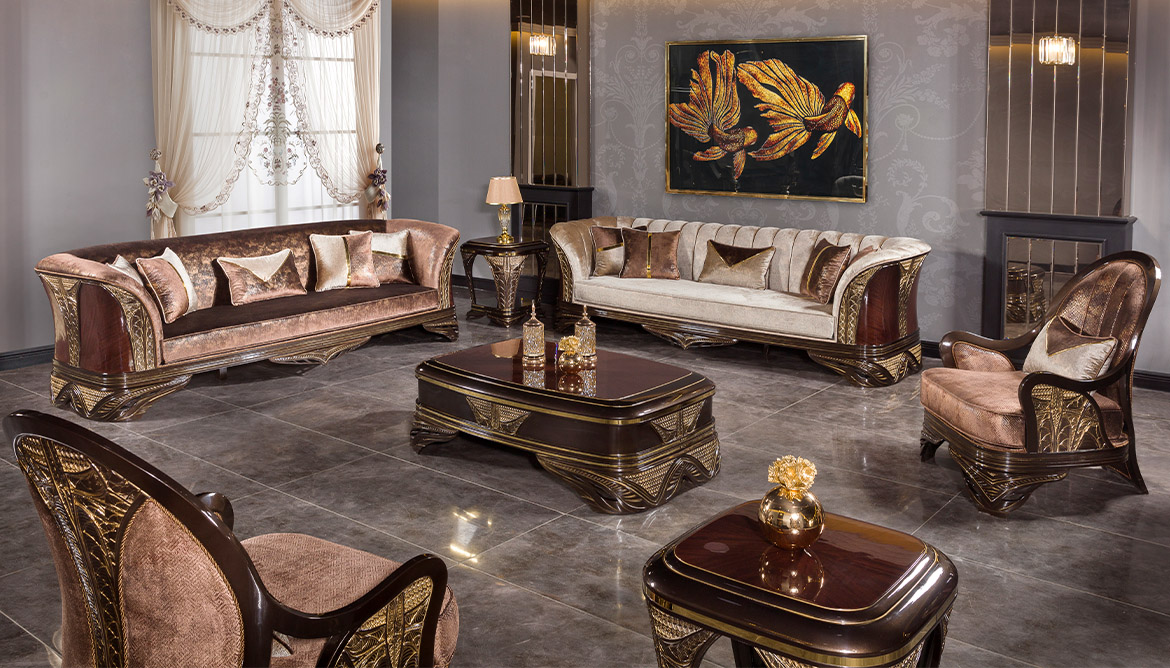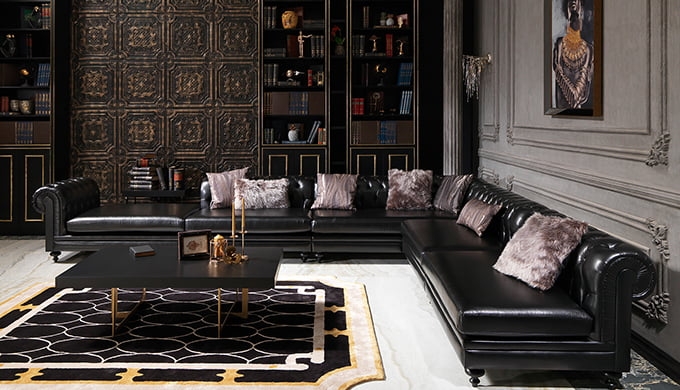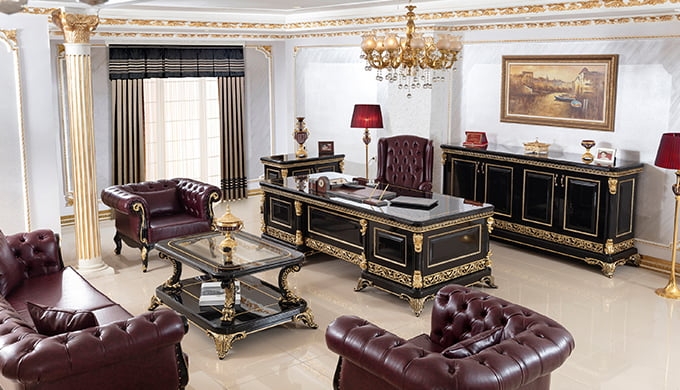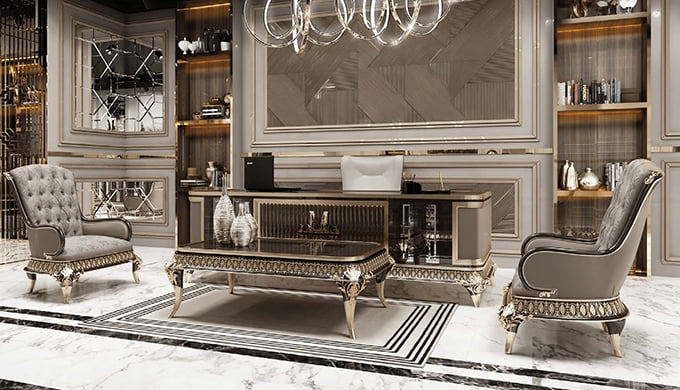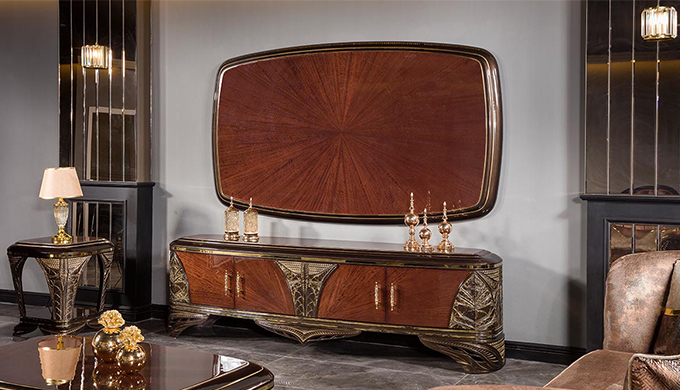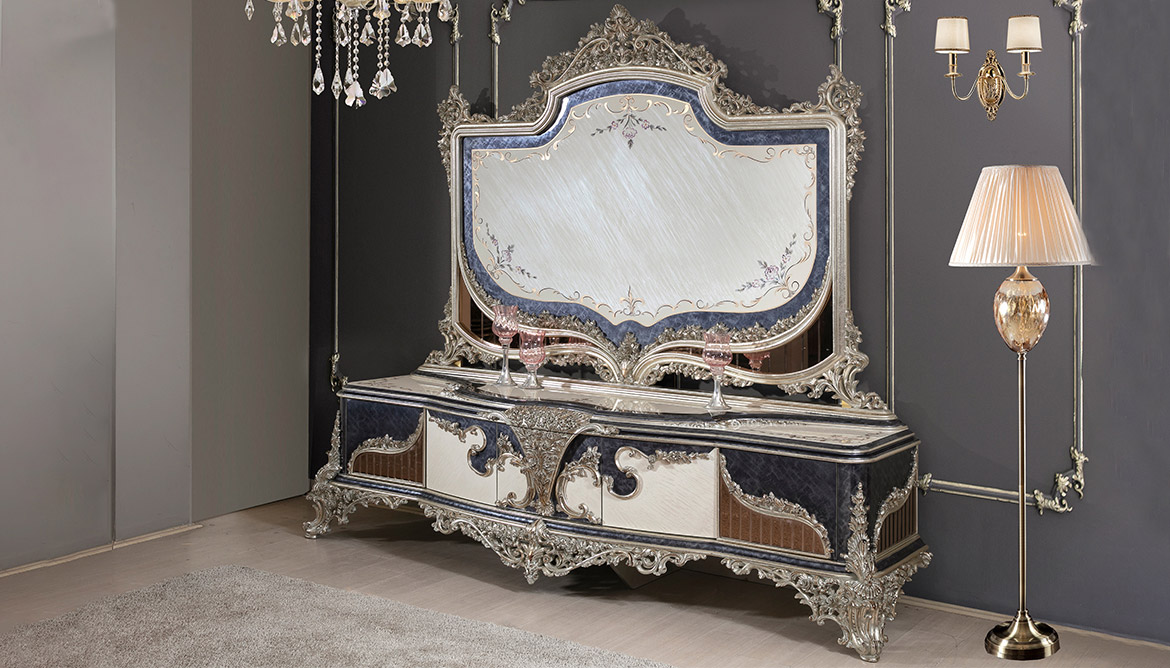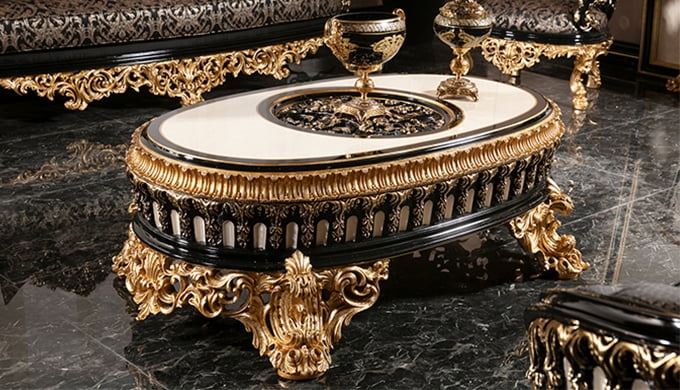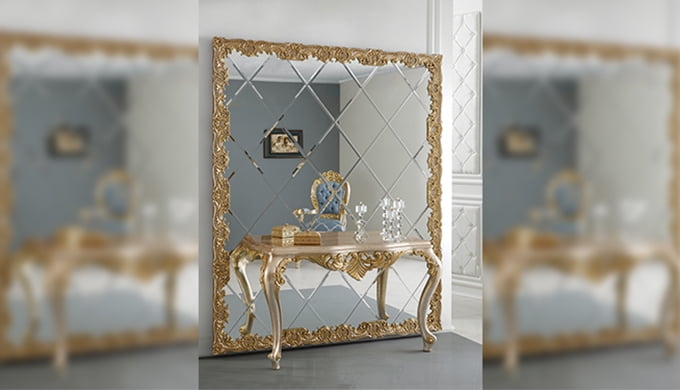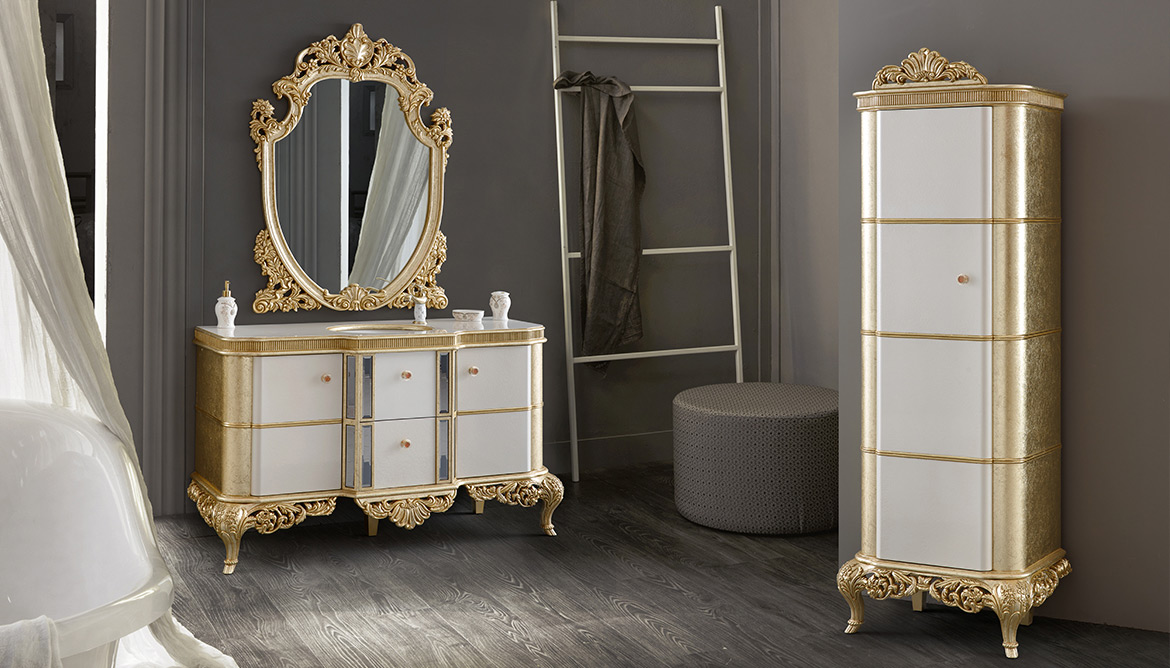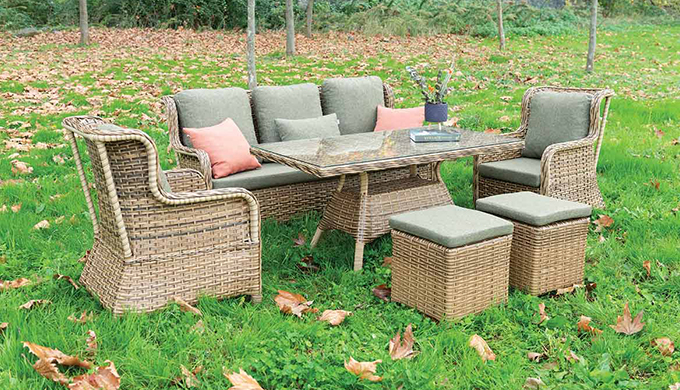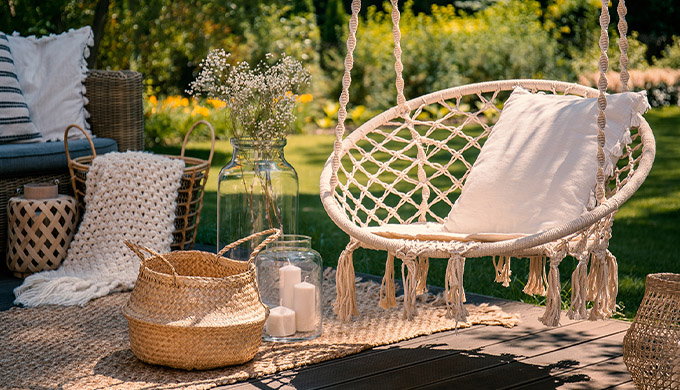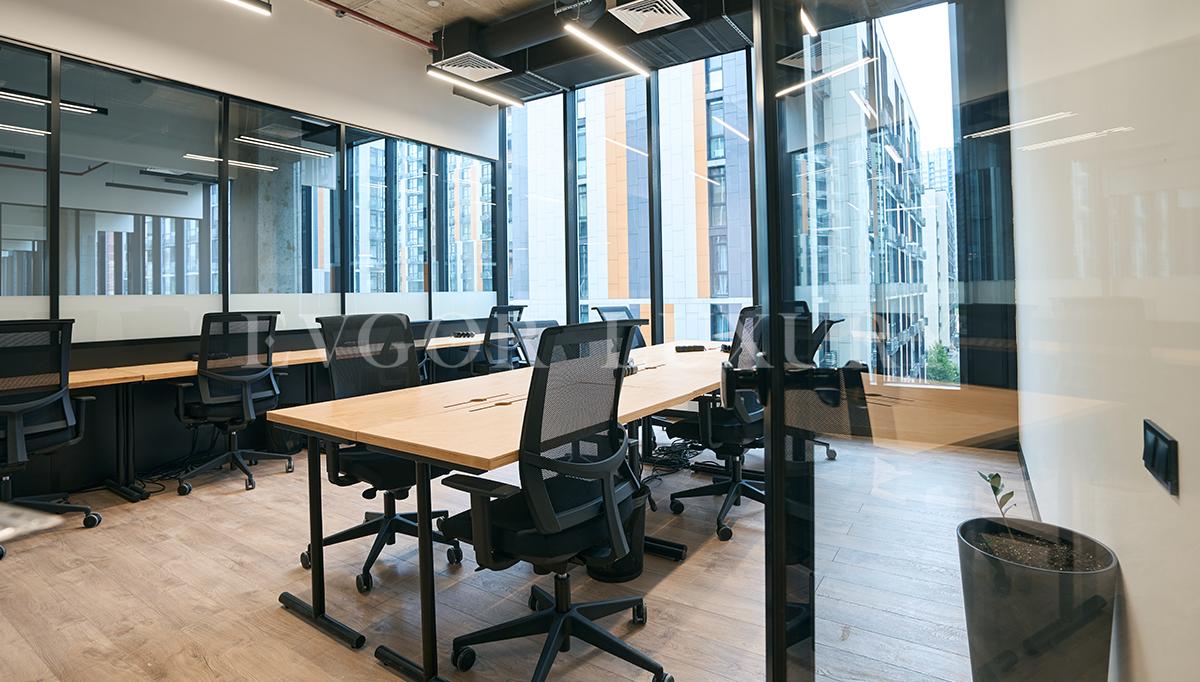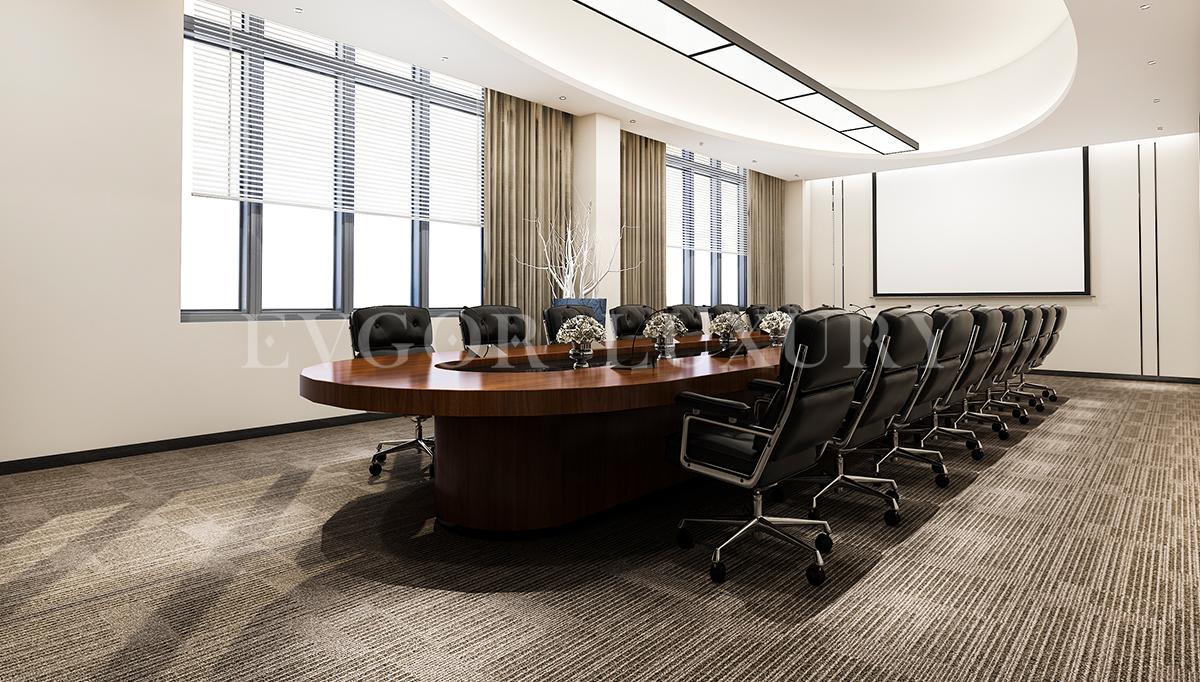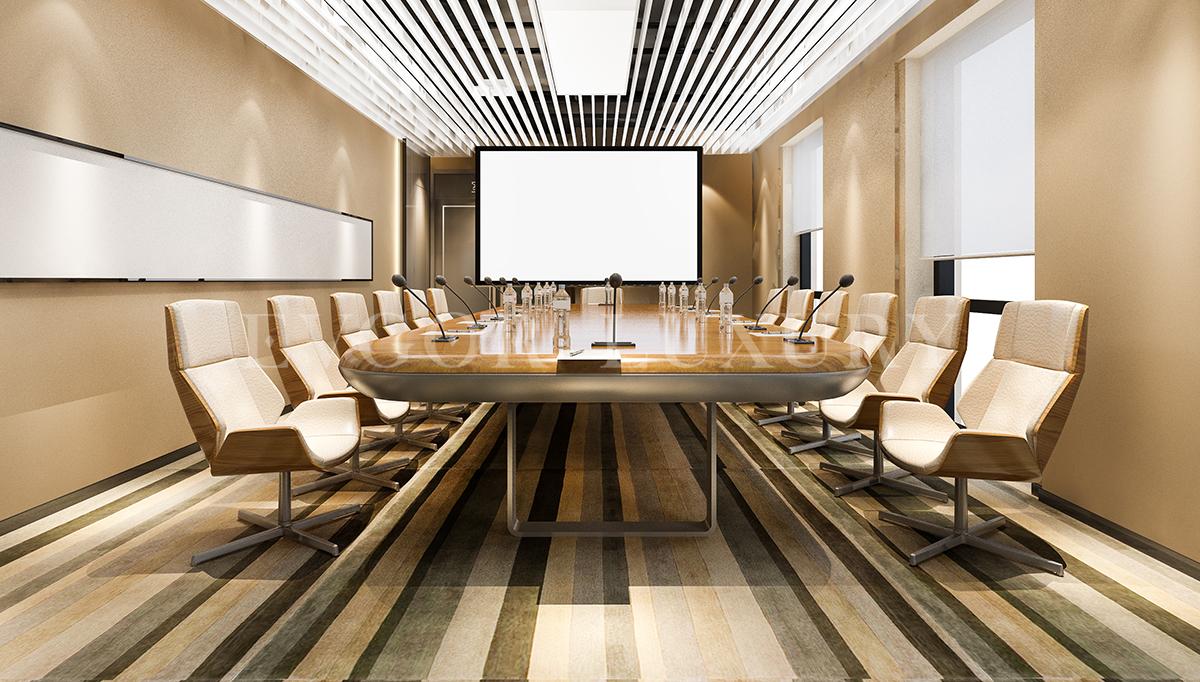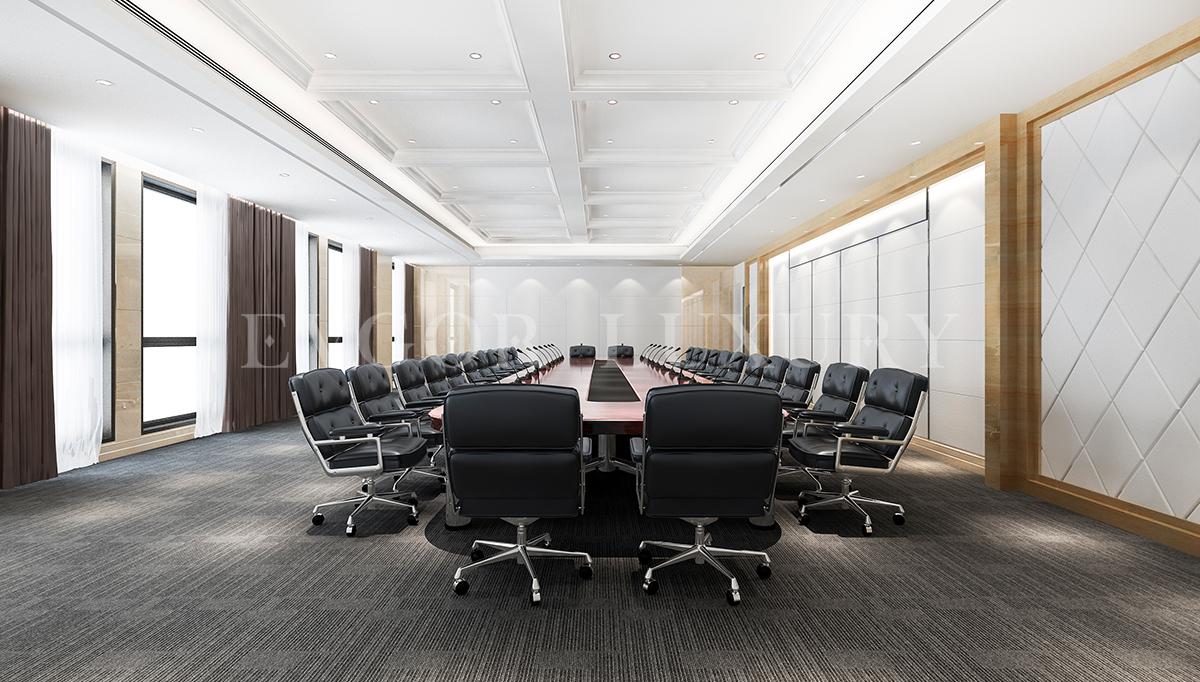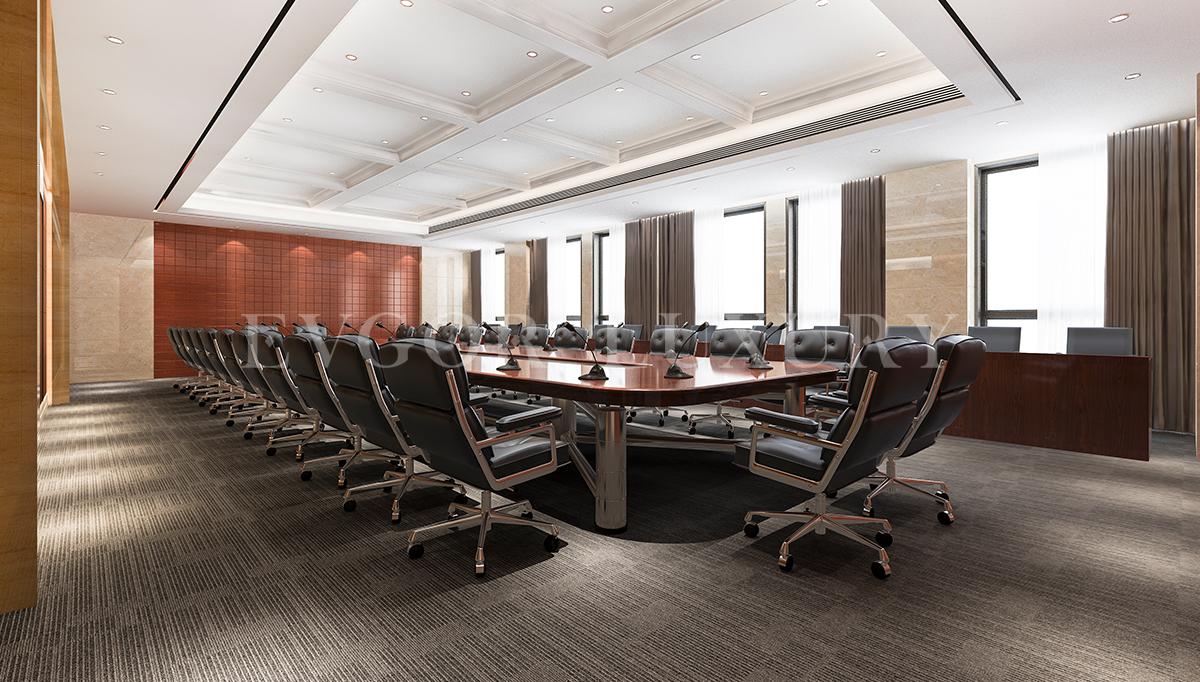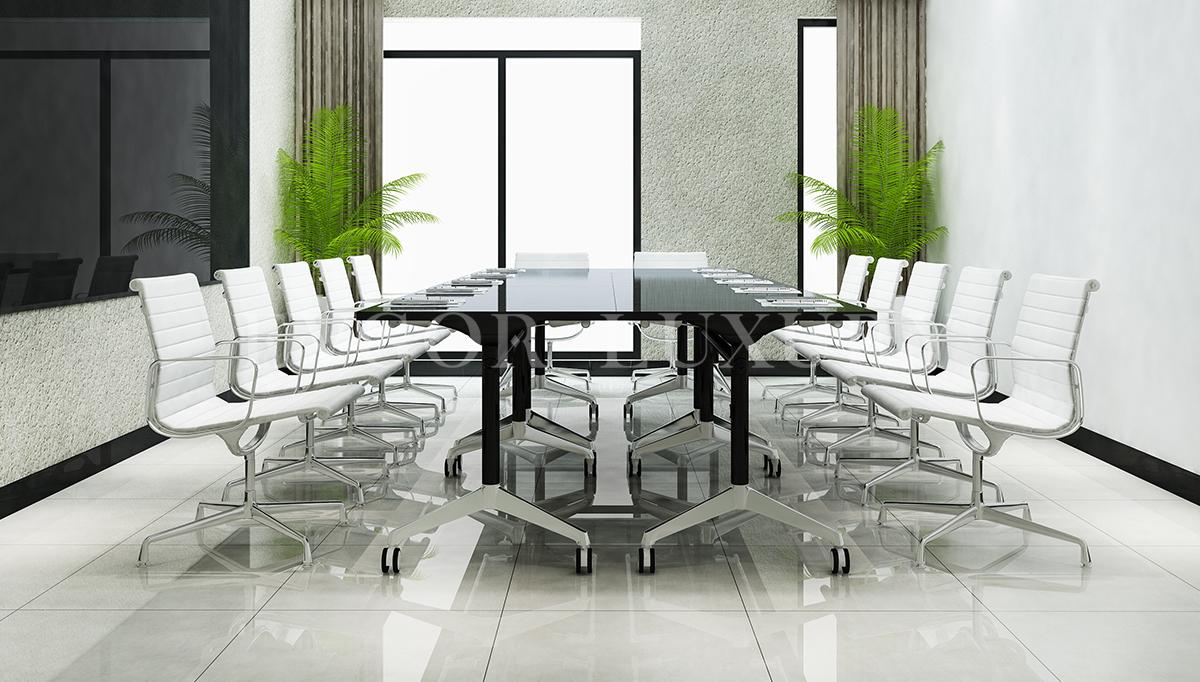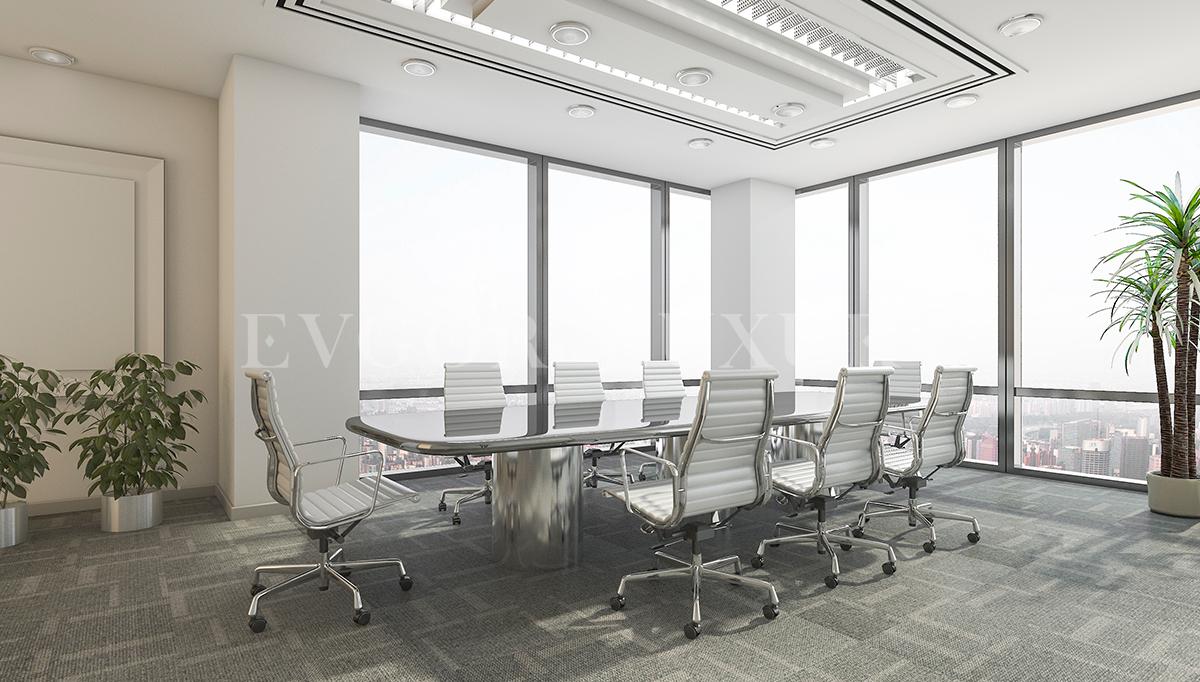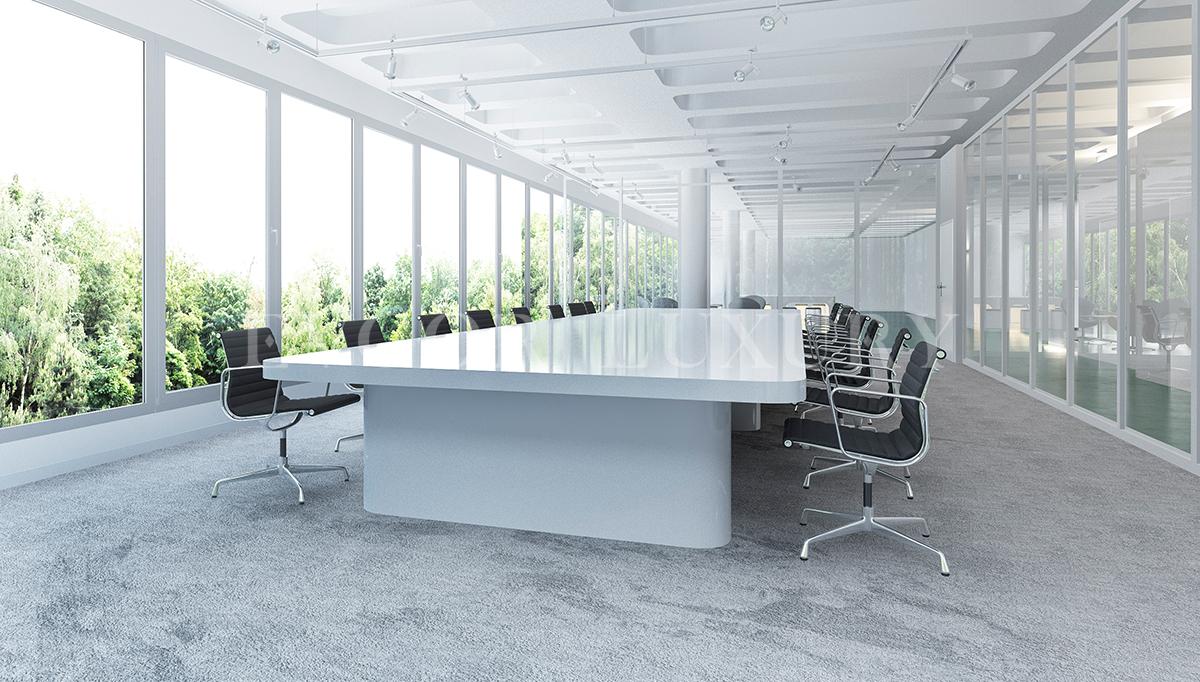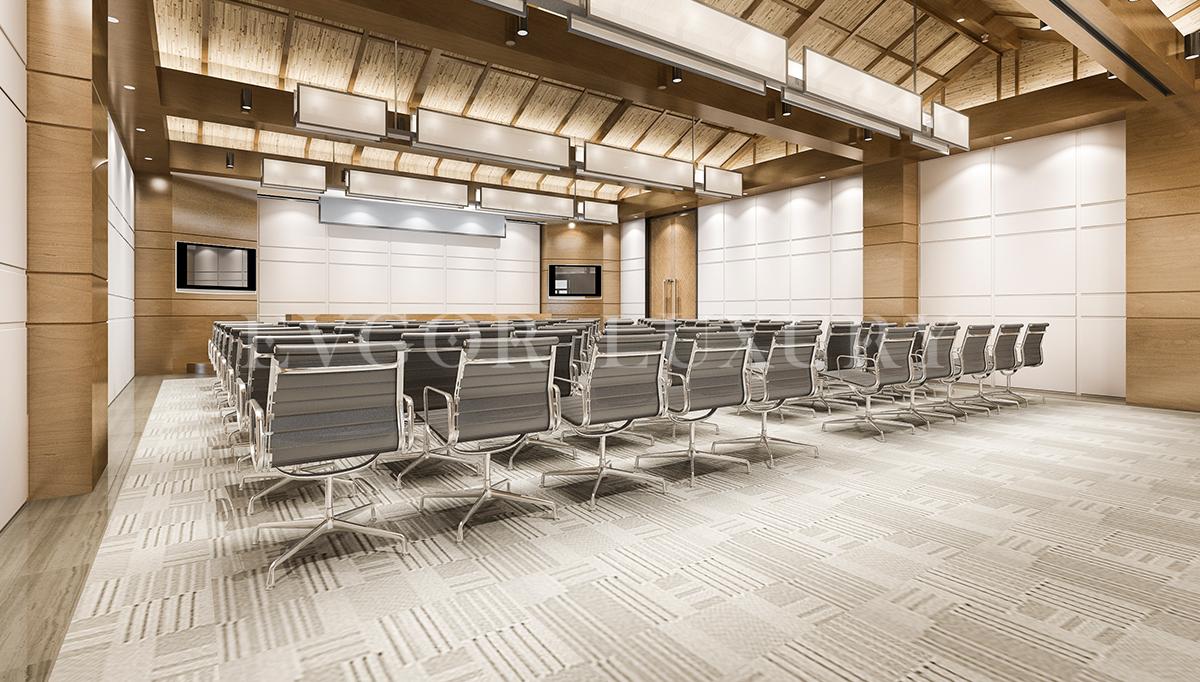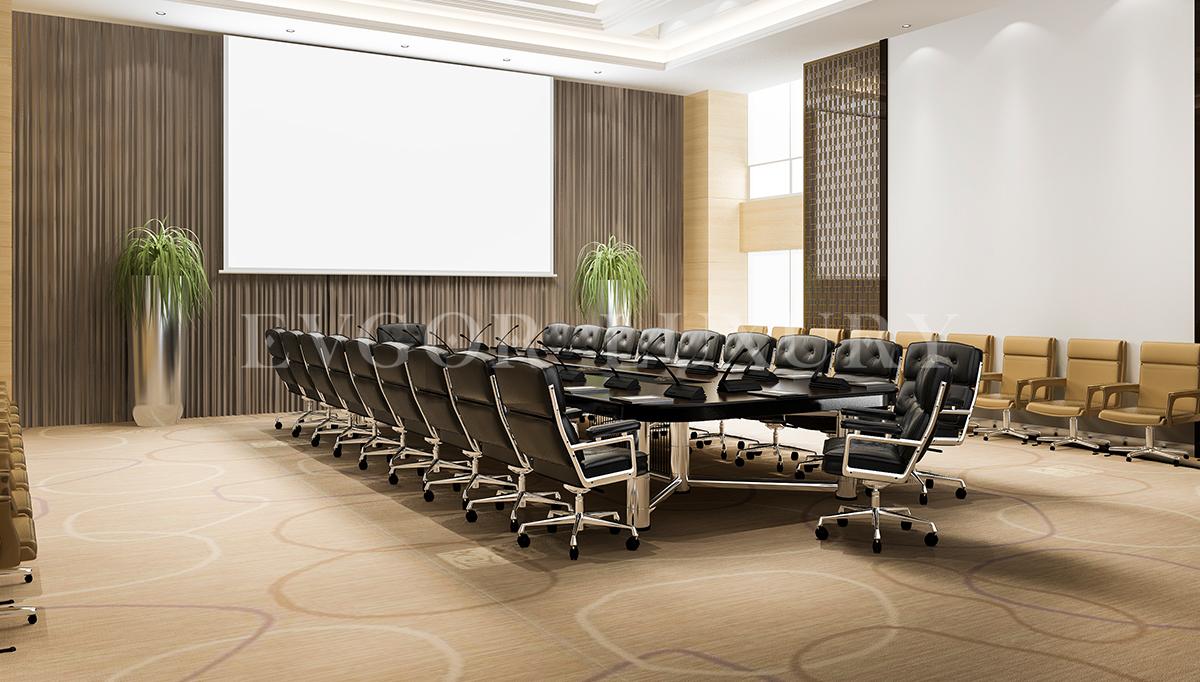Meeting Room Table
A meeting room table is a central fixture in any conference space, playing a critical role in facilitating discussions, presentations, and decision-making processes. Choosing the right table for your meeting room involves considerations of size, shape, functionality, and style, ensuring it supports the dynamics of your meetings and complements the overall design of the room. Here’s a detailed look into the different aspects of selecting and setting up a meeting room table.
Types of Meeting Room Tables
- Rectangular Tables: These are the most common type of meeting room tables, offering a classic look and maximizing seating capacity. They work well in longer rooms and can accommodate a large number of attendees.
- Round Tables: Ideal for fostering an environment of equality and engagement, round tables allow everyone to face each other and facilitate easier communication. They are best suited for smaller groups.
- Oval Tables: Combining the formal structure of rectangular tables with the collaborative feel of round tables, oval tables are space-efficient and help facilitate conversation among a larger group than round tables.
- U-Shaped Tables: These tables are excellent for training sessions or presentations where the focus is on a speaker or digital display at the open end of the setup. They allow easy interaction and a clear view for all participants.
- Modular Tables: Composed of multiple smaller sections that can be arranged in various configurations, modular tables offer flexibility for different meeting types and room layouts. They can be set up to form U-shapes, L-shapes, or completely separate individual tables.
Key Features to Consider
- Size and Capacity: The size of the table should be proportional to the size of the room and the number of people it needs to accommodate. Ensure there's enough space around the table for chairs and for attendees to move comfortably.
- Material: Common materials for meeting room tables include wood, glass, and metal. Wood offers a traditional and professional look, glass creates a sense of space and modernity, and metal can introduce a contemporary or industrial aesthetic.
- Technology Integration: Modern meeting tables often feature technological integrations such as built-in power outlets, USB charging ports, and cable management systems to support laptops, projectors, and teleconferencing equipment.
- Durability and Maintenance: Choose materials that are durable and easy to maintain, especially in a high-use environment like a meeting room. The finish should resist scratches and stains.
Styling and Setup Tips
- Appropriate Seating: Select chairs that are comfortable and complement the table’s height and style. Ensure they are ergonomic, especially for long meetings.
- Proper Lighting: Install adequate overhead lighting to illuminate the table evenly. Consider adjustable lighting to accommodate different types of meetings.
- Decorative Elements: Keep the table setting simple and professional. A central vase with flowers or a simple decorative piece can enhance the aesthetics without cluttering the space.
- Functional Accessories: Consider adding quality writing pads, pens, and coasters for a touch of hospitality and functionality.
- Space Planning: Arrange the table and seating to maximize the effectiveness of the space. For example, ensure that there is a good view of any screens or whiteboards for all participants.
